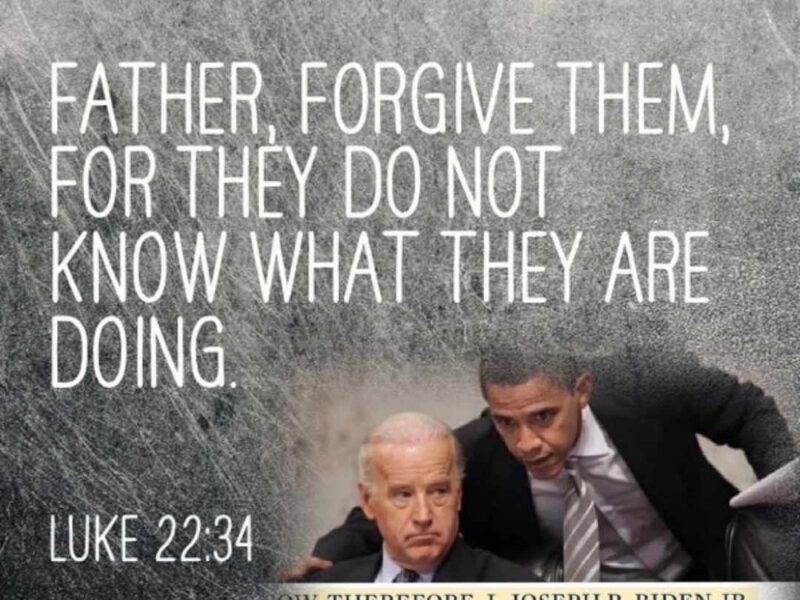California’s Cap and Trade: Risk of Failure
Here we go again . . .
Governor Jerry Brown signed into law AB 398, which extends California’s ‘cap and trade’ program until 2030. It was set to expire in 2020. It’s part of California’s overall program to reduce emissions of gasses blamed for global climate change. It is more than unlikey to work and be forever cast as a tribute to overzealous regulators and known as a sordid transfer of wealth.
Here’s how it works:
Under a cap and trade program, the state issues ‘permits’ to emit certain amounts, with the annual amount decreasing. Some are issued for free (more on that later) – while companies who ‘need’ more permits can buy them from other companies or the state at auction. Originally set up at a result of the 2006 law called AB32, the auctions have brought billions of dollars to state coffers, but experienced extreme price volatility. Only recently, with the passage of AB398, did companies believe cap and trade would continue past its original sunset and thus continue to be required to operate in California. It affects nearly all industry from manufacturing to refiners to farmers.
Supporters of AB398, both Democrat and some Republicans, argue that passage was necessary to provide market ‘certainty’ and that it was less bad than direct control of emissions by the California Air Resources Board. Others fought to maintain California’s global ‘leadership’ in the fight against climate change.
Of course, letting the program expire, once and for all, would have provided similar market certainty. As for leadership, that is questionable at best, and we’re still faced with direct control by CARB.
It is simply not true that things would be worse without the “market-like” program (NOT market based) cap and trade. Dean Florez, a CARB member, put the lie to that notion, perhaps inadvertently, when he urged liberal Cap & Trade opponents to support the extension and then come back to CARB to get what they really want – full “Command and Control” authority. Remember, not long after the original cap and trade program was in place, CARB ordered onerous new low carbon fuel standards.
California’s ‘leadership’ in the fight against climate change is also questionable. Touting boatloads of regulations and mandates and subsides to crony technologies is not the same as actually making progress towards goals. California is NOT the leader when it comes to climate change. California is only the leader in intrusive government programs, most of which end up collecting revenues from taxpayers and do little for carbon emissions.
You know who the leaders are? Those that rely on freer markets. According to the Federal Energy Information Administration, California is tied for 34th among states when it comes to reducing carbon dioxide emissions. We’ve reduced emissions by a paltry 6.4% from 2000-2014 while freer market states like Georgia, Tennessee, and Nevada all have triple that reduction. It is not the level of government intervention but actual performance that defines leadership.
The third lie is the idea that restricting productive activity in California will somehow help the planet. Just the opposite is true. We should be encouraging productive activity in California, not regulating and taxing it to death, driving manufacturing and agriculture to other states and countries. California is better on average than the rest of the country when it comes to emissions intensity, measured as tons of emissions divided by dollars of GDP.
In fact, TOTAL emissions for California ranked second highest (worst) nationally due to our size, but fourth LOWEST (best) in intensity. We are more efficient in our use of carbon, but losing ground. We also compare favorably with other countries on intensity. California’s emissions intensity should be a beacon to other states and countries; let’s truly lead.
Extending Cap and Trade, however, actually will increase global emissions, by forcing more businesses, manufacturing, and even agriculture out of state, where emissions intensities are much worse, leading to emissions “leakage.” California will simply import even more goods that we used to make and grow—cement from Arizona, food from South America, high tech devices from Asia– with a net increase in global emissions. True leadership would work to encourage in state production to limit economic and emissions leakage; extending cap and trade won’t do that.
The state’s regulator for cap and trade, CARB, has recognized the probability of leakage. That’s why some industries are afforded free allowances. To reduce the inevitable job loss, CARB has separated various industries into three “leakage” categories with respect to economic migration. Which category an industry falls into is based partly on the ability to pass along costs, coupled with domestic and international pressures, as well as the ability to simply depart California to locations with higher carbon intensity.
CARB does not include a leakage category for the emissions that move along with those jobs and productive activity. It may be this oversight that proves to be one Achilles Tendon of the cap and trade program. Even the free allowances to limit leakage are at risk.
As described in CALmatters, the chairman of the state Senate Budget Committee Sen. Bob Wieckowski said he intends to halt a recent move by CARB that would give California’s largest emitters plenty of free allowances. In a sharp rebuke of the board, he said that he’ll insert language into the 2018 budget bill instructing regulators to reduce the free allowances given to oil refiners and other large emitters. That’ll just make matter worse for leakage and continue upward pressure on prices for all Californians.
So, the program won’t do what it’s supposed to do, actually reduce the world’s net emissions. California is not the leader in actually reducing emissions through such programs, as evidenced by others’ much better performance as a result of freer markets. We’ll still be subject to onerous direct control by CARB.
Maybe I chose the wrong title: cap and trade is not at risk of failure, but doomed to it.







